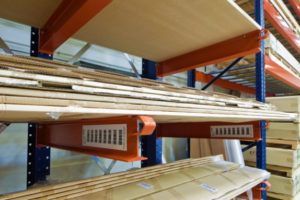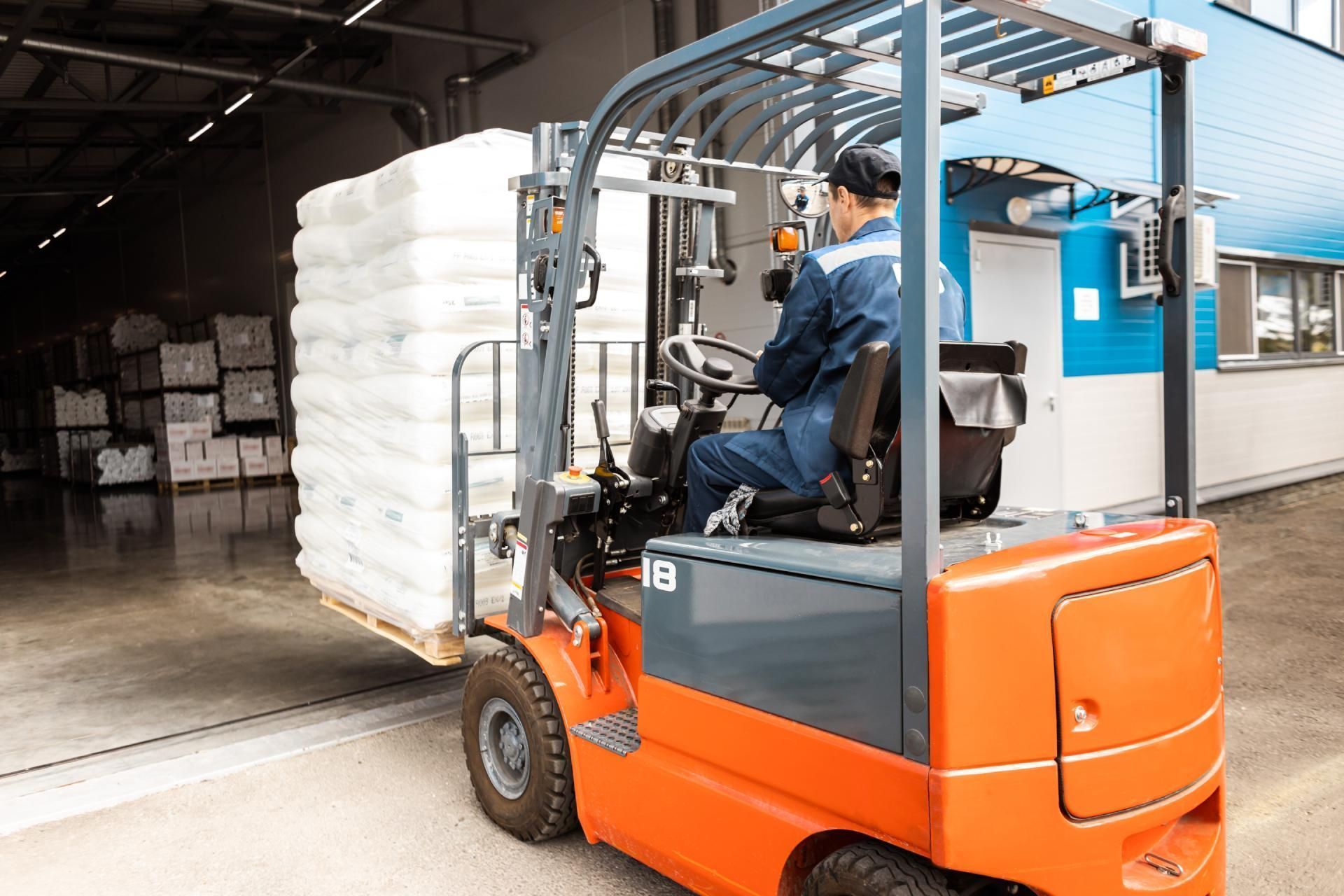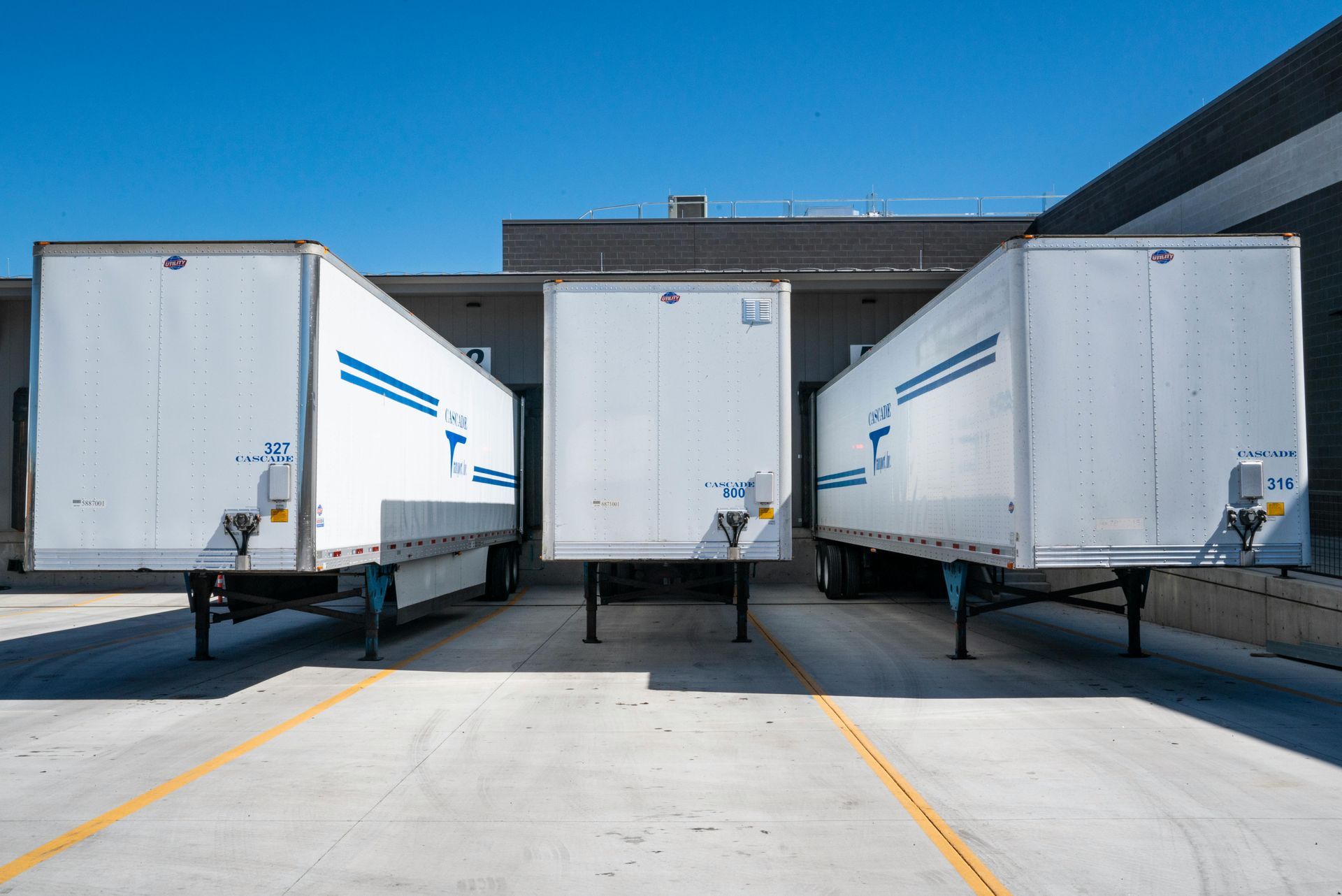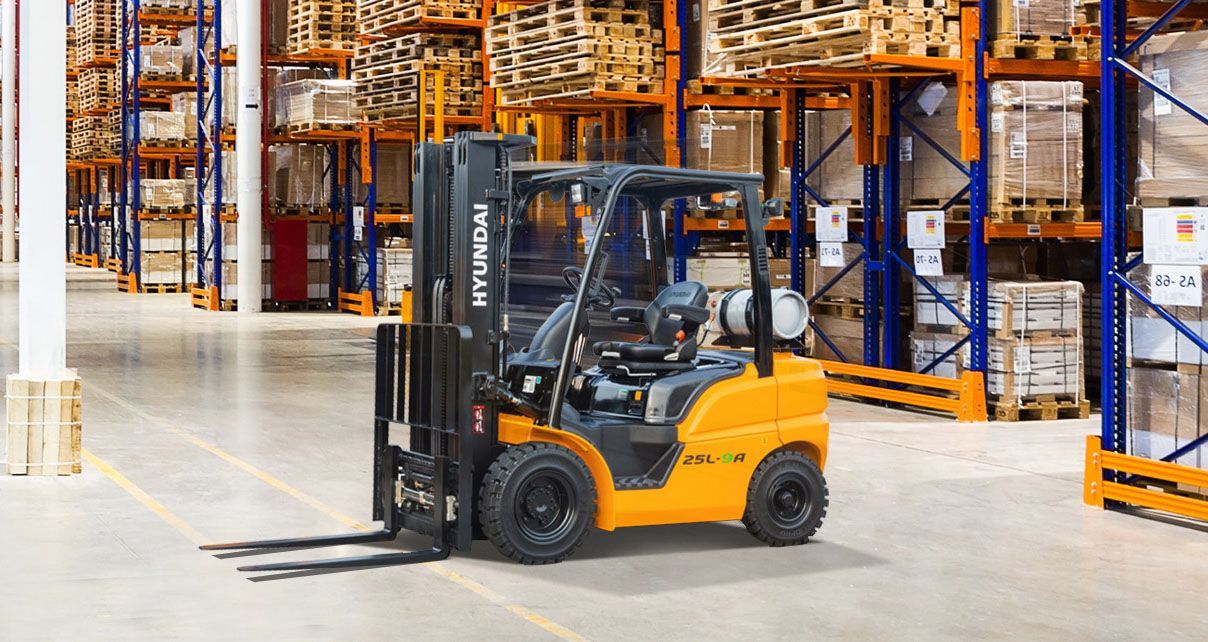Warehouse Shelving Safety Basics
What comes to mind first when you think about the safety of your warehouse? Even well-trained employees and properly maintained equipment can’t mitigate the risk that’s presented when you ignore the safety of your warehouse shelving and racks. Accidents and costly OSHA violation fines could create a working environment that’s far from ideal, and could even cause disruption to your workflow and even closure of your facility.
With that in mind, there are a handful of best practices and OSHA guidelines that should be followed in order to maintain safety for everyone.
Check the Height
OSHA states that the freestanding shelves can reach no higher than 15 feet, but that’s the only clear standard regarding safety. There is a clause, however, that states employers can be cited if an accident occurs, the warehouse can be cited for lack of due diligence. All shelves (of any height) should be bolted to each other and to the floor, and where possible, bolted to the wall as well. Additionally, pallet racks need to be loaded properly with weight concentrated on the lower racks and lighter objects up higher.
Get a Closer Look
The little things make a big difference in the safety of your warehouse shelving. Missing bolts, warped shelves, and regular wear and tear could lead to massive failure that causes an accident during loading and unloading. Even a forklift nicking the edges of the shelving unit can create a chain effect that could impact your shelving safety. Make it a habit to run through an inspection checklist regularly and especially should an accident occur.

Look for Leaning
Visually inspecting warehouse shelving can give you an idea of shelves that are not level, but leaning isn’t always visible to the naked eye. As part of your regular safety inspections, use a level tool to get an exact angle of the lean. OSHA has a specific guideline that lays out when a shelving unit needs to be straightened or replaced. Keep a thorough record of these measurements and repairs, and if you notice a pattern, it’s likely time to thoroughly replace shelving units.
Watch the Weight
Here’s a reminder: Too much weight on warehouse shelving is a recipe for disaster. It’s a fundamental fact of loading shelves, but it bears repeating. Even if heavy objects don’t cause any immediate damage, overexerting shelving units can cause them to collapse. This is an area of warehouse management where supervisors need to enforce safety standards — it’s not easy to gauge the weight of inventory on shelves just by looking at them.
Create Clearance
It can be tempting to pack in the shelving with the thought that you’re maximizing space in your warehouse, but that limits how your forklifts can operate efficiently and safely without hitting, denting, or damaging the shelving. OSHA recommendations dictate that aisles should be at least 4 feet wide. There are also guidelines that state aisles should be 3 feet wider than the largest piece of equipment used in your warehouse. For example, if your forklift is 4 feet wide, aisles need to have a width of 7 feet to allow workers to navigate safely.

Prioritize Training
Forklift training is mandated by OSHA, and even if it wasn’t, it should still be an integral part of your onboarding and continuing education processes. Don’t limit this training to just forklift operators; all employees need to be aware of guidelines and best practices for loading and unloading in the shelving areas of your website. Make it a fun process so employees stay engaged in the process and the training will stick and help encourage the entire team to contribute to a culture of safety.
Think About Upgrading
Increasing safety means minimizing factors that lead to accidents, beyond eliminating human error. Upgrade your lighting to brighter, more efficient LED fixtures. Implement automated systems that reduce stress and fatigue on the “human” workforce. Invest in a new fleet of forklifts that have innovative safety features. Most importantly, understand when it’s time to replace your warehouse shelving that helps support OSHA-defined safety guidelines.
Whether you need to repair or maintain your existing racking systems or are ready to invest in new technology, Benco is here to help. We service all major warehouse racking manufacturers and keep a variety of spare and replacement parts in our inventory. If something breaks, we can fix it. If something needs to work better, we’ll figure it out. Call 636-486-1693 to learn more or get in touch with our team here.
The post Warehouse Shelving Safety Basics appeared first on Benco Industrial Equipment.




